Unusual Military Experiments Of The Past
The Nazi Sun Gun Aimed To Burn The Earth From Space
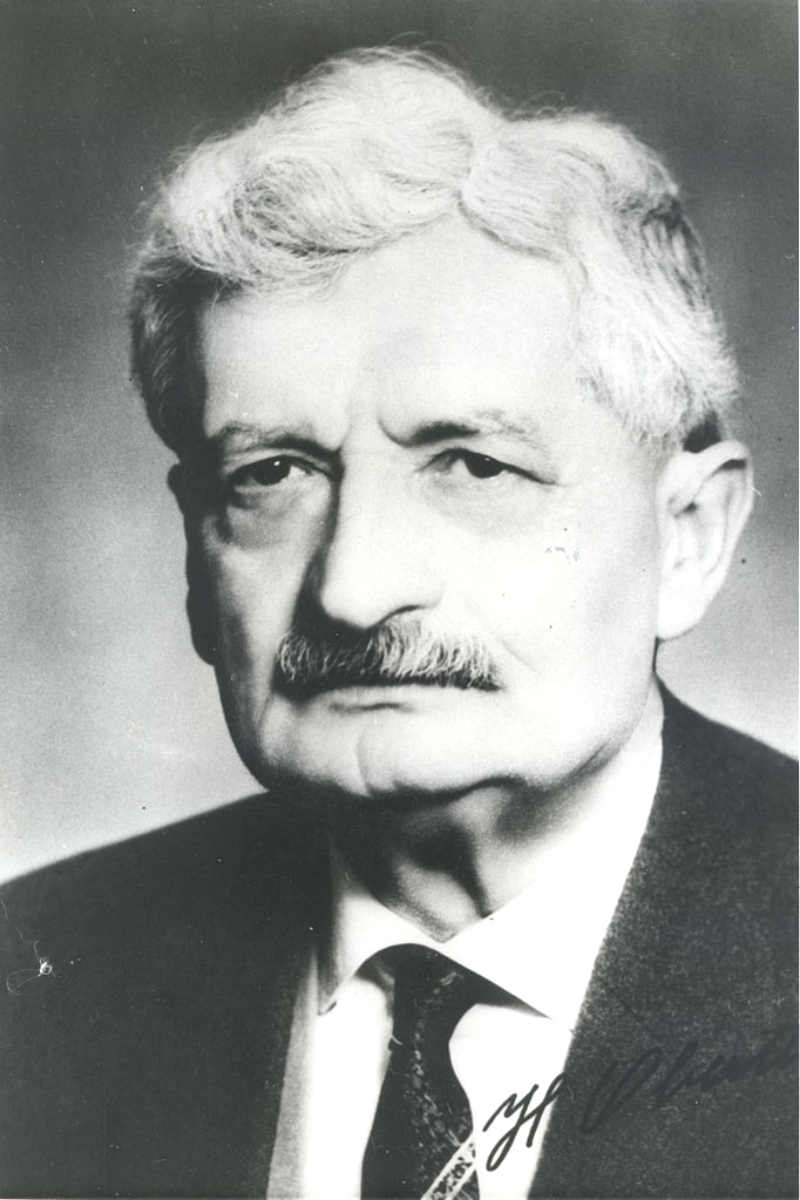
The plans for this cartoonish “death ray” were discovered once World War II ended. Allied nations began sifting through classified German scientific ideas – as it turns out, some were better than others. The Sun-Gun was loosely based on German rocketry pioneer, Hermann Oberth’s plans for an orbital space station which would also serve as a starting point for further solar exploration. It turned into one of the most unusual military experiments in history.
The Nazis devised a way to weaponize Oberth’s plans by incorporating a would-be giant sodium mirror that could focus on pin-pointed areas of the Earth. The mirror would then produce a laser of sorts that would vaporize the area and everything in it. Realizing the technology wasn’t quite ready in the 1940s, the Nazi scientists hoped the Sun-Gun would be functional within the following 50 to 100 years. Luckily for humanity, this wacky idea has stayed in the realm of fiction.
Anti Tank Military Experiment That Strapped Dogs With Explosives
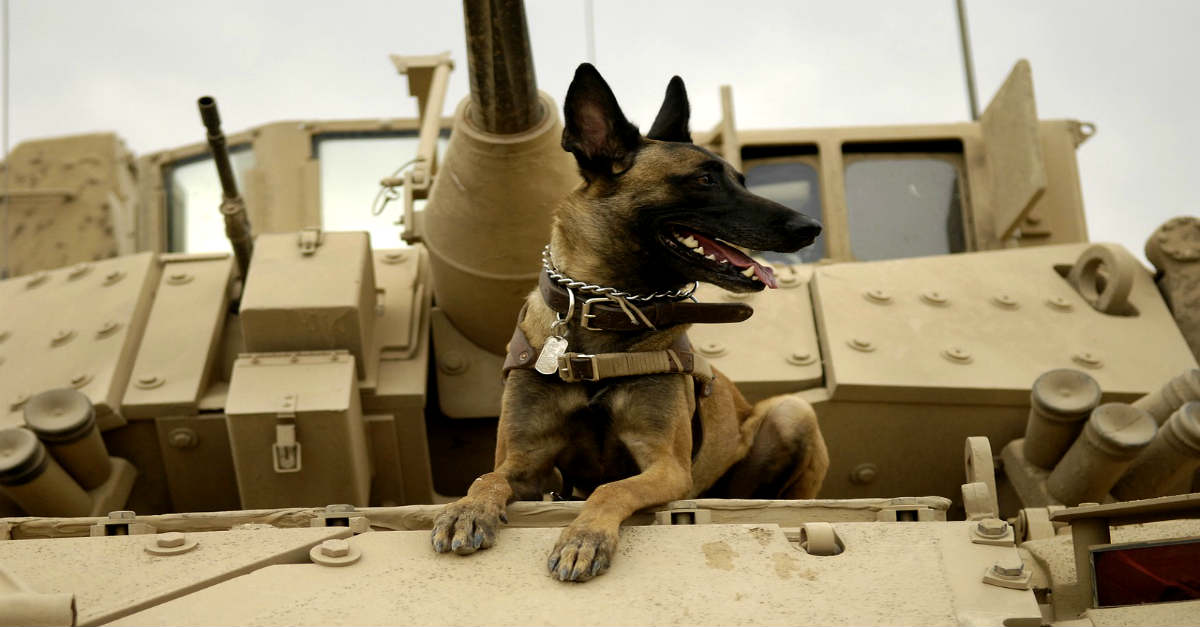
This poorly planned Soviet experiment called for trained service dogs to carry bombs strapped to their backs. The dogs would then dive under moving tanks causing the bombs to detonate, destroying both tank and dog. Besides the obvious ethical problem with this plan, it just didn’t work as they hoped.
The prior training done with the dogs did not incorporate realistic aspects of live combat to adequately desensitize the dogs to get the job done. For one, the tanks were not typically in motion during training. Furthermore, the sounds of gun fire would often spook the bomb wielding dogs, causing them to return to their handlers only to detonate. Another big problem was that the dogs were trained using Soviet diesel-engine tanks. Unfortunately, the Germans used gasoline-engine tanks which confused the scent-following canines. The result was blown up Soviet tanks on the rare occasion that the dog succeeded in its mission.
Project Habbakuk – The Floating Aircraft Carrier Made Of Ice And Wood

With the development of German U-boats during World War II, the British found themselves looking for a way to combat these underwater threats. The problem was that U-boats in the mid-Atlantic were unreachable by land-based planes. Project Habakkuk, developed by Geoffrey Pyke, was put forth as the answer. The idea was to create an aircraft carrier using a unique mixture of wood, pulp, and ice, later dubbed pykrete, which would serve as a stopping point for aircraft crossing the ocean.
Steel and aluminum were in high demand, and there just wasn’t enough available for the purposes of a standard aircraft carrier. The idea gained traction and a large-scale model was ordered to be built in Canada to test the idea both physically and financially. In the end, it was determined that one full size Habakkuk would cost more to build than a whole fleet of standard aircraft carriers. Furthermore, by this time land-based aircraft were gaining increased range rendering the need for the floating stop over unnecessary.
The Great Panjandrum – A Rolling Explosive Built To Storm Beaches
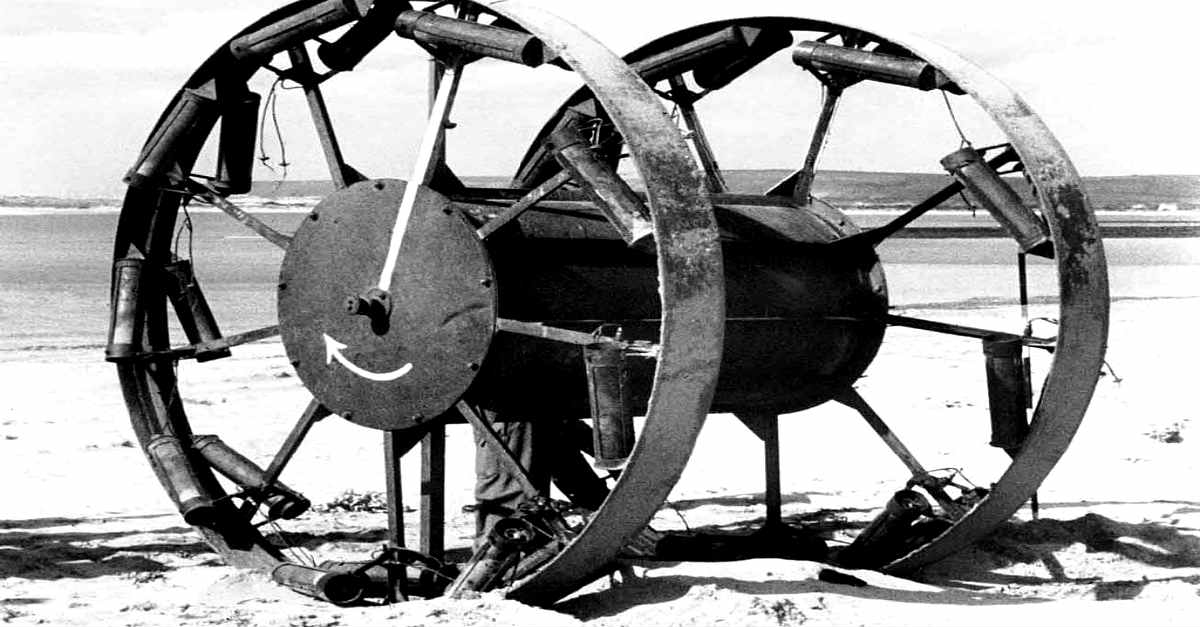
Unusual military experiments were commonplace throughout World War II. So much so that there was a designated department within the British military known as the Admiralty’s Directorate of Miscellaneous Weapons Development (DMWD). It was through this unit that the Great Panjandrum was born. This was a large, unmanned weapon meant to be released from the sea which would then roll onto the beach carrying heavy explosives to detonate against the waiting enemy.
Originally the Panjandrum design consisted of two wooden wheels ten feet in diameter which would be self propelled via cordite rockets. The wheels were joined by a central metal drum that would hold an explosive payload that could reach around 4,000 pounds. Although the project was intended to remain secretive, the decision to test the viability of the prototype on a popular beach in Leytonstone, London quickly garnered large audiences of civilians. During testing it became clear that the number of cordite rockets needed were vastly underestimated and the Panjandrum careened off course during every attempt. After extensive tinkering, the Panjandrum still was unable to perform its purpose without significant malfunction and the experiment was scrapped.
Project X-Ray – A Unique Bomb Full Of Bomb Strapped Bats
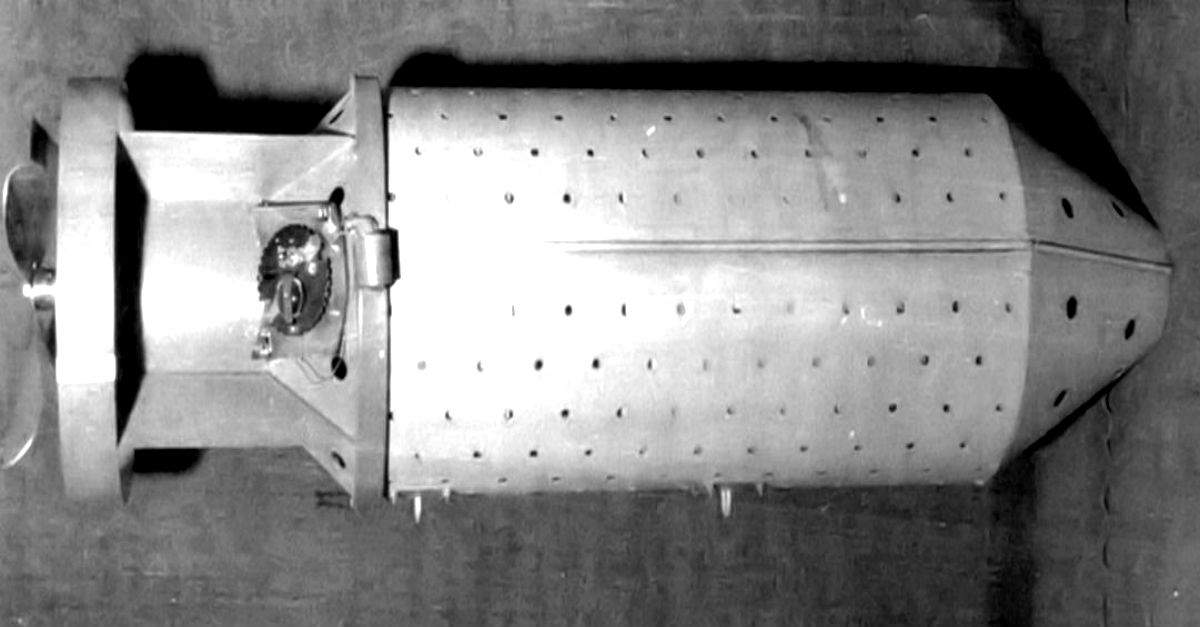
Also known as the bat bomb, Project X-Ray was another unconventional weapon devised during World War II, this time by the Americans. Before the atom bomb was chosen as the weapon of choice against Japan, the bat bomb was gaining traction as a possible option for mass destruction. True to its name, the design relied on the habits of 3.5 inch long Mexican Free-Tailed Bats to carry out the devastation.
The bats were contained in a bomb-shaped casing fitted with over a thousand compartments. Each bat would have a small timed incendiary bomb attached and once the bomb was dropped, a parachute would deploy and the compartments would release the bomb laden bats. Mexican Free-Tailed bats naturally roost in building attics and eaves. Therefore, the idea was once the bats made their way into these small, hard to reach enclaves throughout the city’s buildings, the incendiary bombs would create small, undetectable fires. It was tested on a mock “Japanese village” in Utah and was determined an effective weapon. However, by the time the bomb was ready for use, the atomic bomb had already been chosen as the method for a quick end to the war.
“Who? Me?” Device Built To Humiliate Nazi Officers Via Offensive Odors
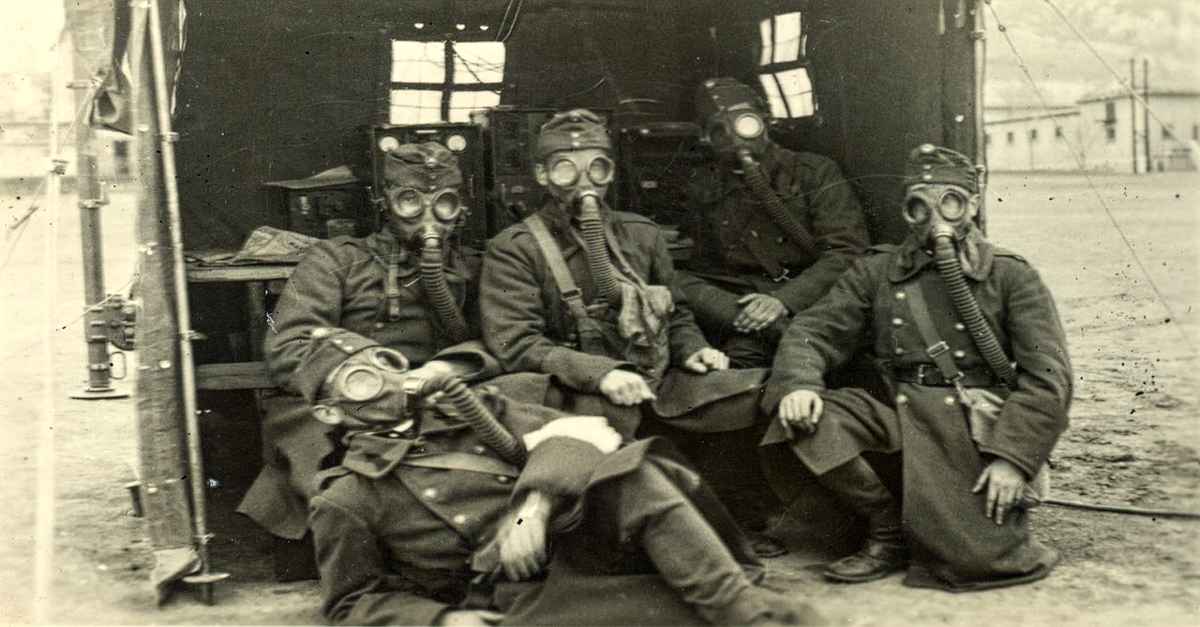
It may be hard to believe that a “stink bomb” was ever used as an actual biological weapon, but that is exactly what happened during World War II. The “Who Me” was developed by the American Office of Strategic Services as a stench weapon to be used against German officers by the French Resistance. The stench it produced was that of strong fecal matter, with a high concentration of sulfur compounds. French Resistance members were to spray the pocket atomizers onto a German officer which, in theory, would humiliate him, with the larger goal of demoralizing the German forces.
Unfortunately, the sulfur was so volatile, it was hard to control who ended up with the stench. The sprayer would often wind up smelling foul as well. The top secret stench weapon only lived for about two weeks before it was deemed a failure.
The Stargate Project Used Psychics To Gather Defense Intelligence

The Stargate Project dates back to the 1970s and is perhaps one of the most unusual military experiments in history. It refers to the secret US Army unit established by the Defense Intelligence Agency (DIA) and SRI International to investigate the possibility of psychic phenomena as it relates to military and domestic intelligence applications. The research began in response to intel claiming that the Soviet Union was spending large amounts of money on “psychotronic” research and were yielding results. US research into the phenomena known as remote viewing began in 1972. Remote viewing is the ability to psychically “see” events or information from a great distance, basically your standard “psychic” ability. The research continued in different capacities over the next two decades and was finally terminated and declassified in 1995. It was determined that the program found no reliable use in remote viewing and was never used operationally.
The “Gay Bomb” Used Pheromones In Attempt To Attract Enemy Soldiers To One Another

In the early 1990s Wright Laboratory, a part of the USAF, was researching a variety of non-lethal weapons for military use. In 1994 it produced a three page proposal for what became known as the “Gay Bomb”. The bomb would disperse female sex hormones over enemy forces, theoretically causing them to become attracted to one another. The effects of pheromonal substances on humans has been debatable and the scientific evidence is weak at best. Wright Laboratory was a hub for military experiments. They created a variety of body-odor based weapons including the “halitosis bomb” and the “flatulence bomb”. Perhaps unsurprisingly, none of these unusual military experiments made it past the research phase.
Operation Acoustic Kitty Employed Cats Wired With Listening Devices To Gather Information
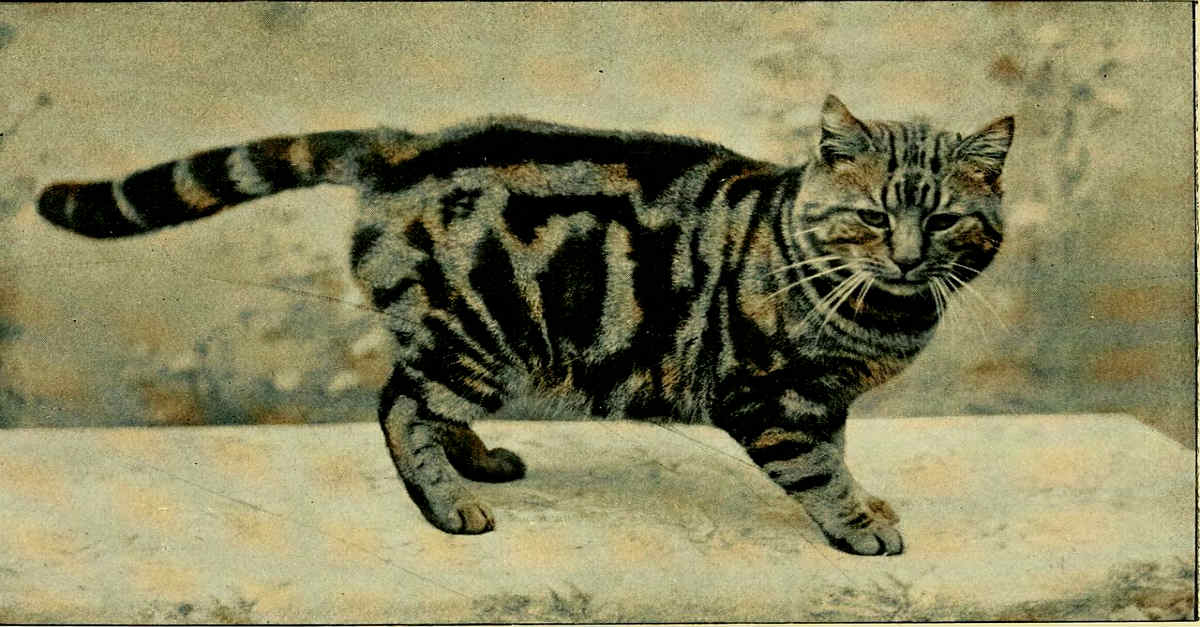
In the 1960s, the CIA launched a project that would rely on using felines to gain intelligence from the Kremlin and Soviet embassies. They would accomplish this by having a veterinary surgeon implant a microphone in the cat’s ear canal as well as a radio transmitter at the base of its skull and a thin wire in it’s fur. Once ready, the cat would be released to record its surroundings, hopefully picking up valuable information in the process. But anyone familiar with cats will attest to the fact that they aren’t easy to train. Especially when released into a foreign and uncontrollable environment.
There was one documented attempt at Acoustic Kitty. The cat was to spy on two men at a park near a Soviet compound in Washington D.C. Some reports said that the cat was nearly immediately run over and killed by a taxi upon release. However this was disputed by a former member of the CIA, saying that the equipment was removed from the cat after the attempt and it went on to a live “a long and happy life afterwards”. Either way, the project was officially cancelled in 1967.
Project Orcon Used Pigeons To Help Steer Radar Guided Bombs
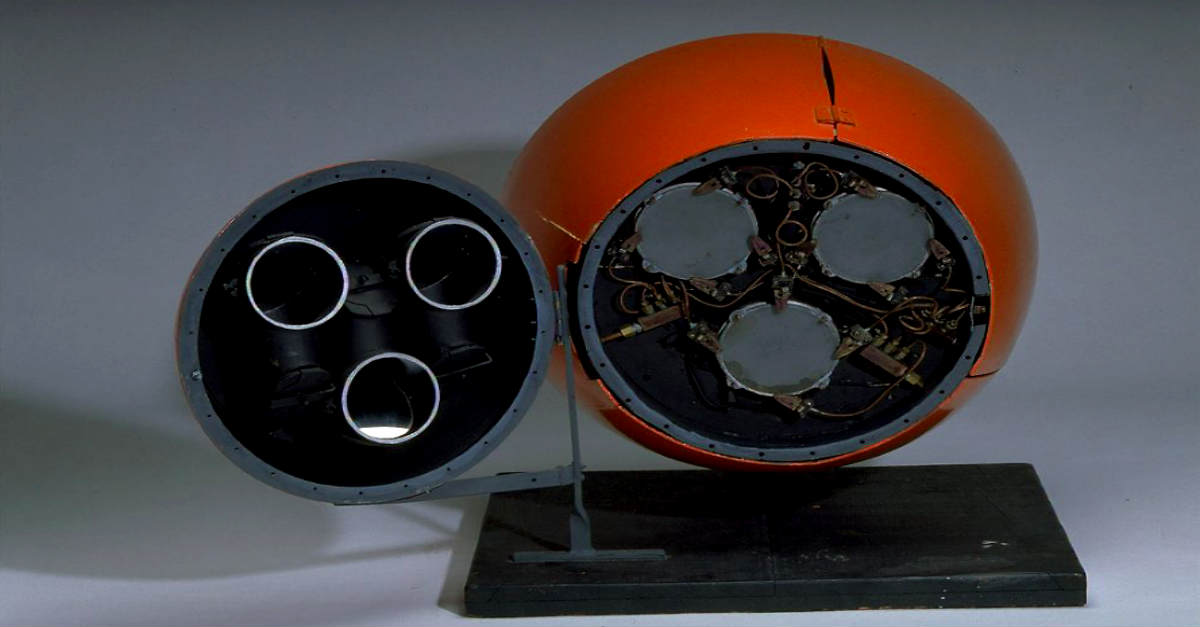
Project Orcon, meaning organic control, revolved around the use of pigeons to help guide bombs to the enemy. It was developed by American animal behaviorist B.F. Skinner and was a part of yet another WWII experiment looking to develop new and unusual weaponry. This time, the idea was to have pigeons act as “pilots” of radar guided bombs, tapping into their cognitive abilities to recognize targets. The nose of the bomb consisted of three lenses that would project an image of the intended target.
Using operant conditioning to recognize the target, the pigeons would peck on a screen placed in front of them whenever the target appeared. If the target was moving out of screen view they would follow the target, allowing the glider to recenter the target. The project received $25,000 in funding, however it was largely believed to be impractical by the National Defense Research Committee. It was cancelled in October of 1944.

